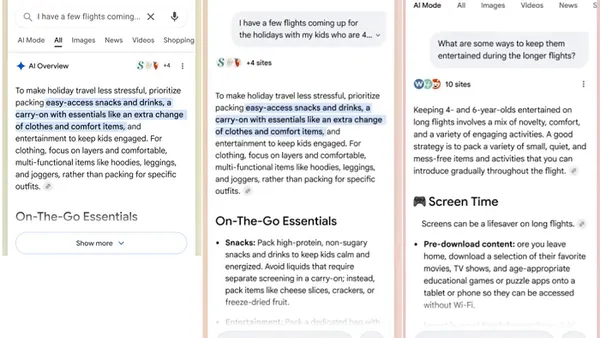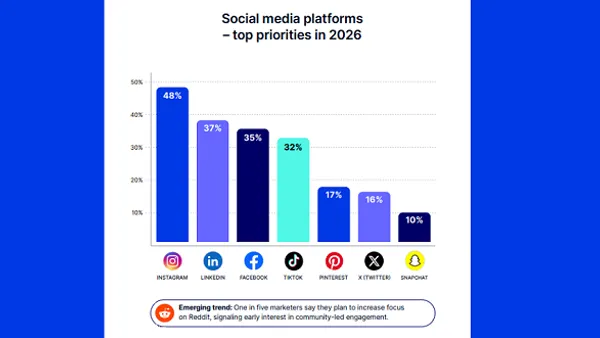What is all this widget talk? Lately, it has become a hot topic and companies, both big and small, are hiring developers to build custom widgets. I personally love widgets and feel they hold tremendous value for promoting and building a brand. Most widgets are simple in design and functionality, but are valuable because they allow the consumer to personally and uniquely interact with the company. They are also valuable because anyone can share the widget on their social network profile, blog and/or website. If you create a unique and useful widget, there is a high probability that it will spread like wildfire. If this happens, your brand's web presence will see exponential growth for a fraction of the cost you would have incurred with any other advertising campaign.
Do your research on widgets and look at the widgets of innovative companies to see how users interact with them. It is difficult to see how much traffic a widget drives to a site, but you can see how many users have added the widget. For example, the Twitter widget on Facebook has 70,616 monthly active users and 10,778 fans. Twitter's widget can be found and used on several other large social networks and all blogs. The widget is very simple, but incredibly useful, as it allows you to post a Twitter from several locations. If you are on Facebook and feel the need to share something on Twitter, all you have to do is type the post into the embedded application on your profile page. They are a perfect example of a great widget and I highly recommend following in their footsteps when creating your own. The value in Twitter's widget is the convenience factor. It is simply an extension of the communication platform, as the user is no longer bound to posting from one location. They also developed a second widget, which does the opposite of the first widget. This widget displays the users Twitter posts on their profiles and blogs, while automatically updating every time the user makes a new post.
I've decided what my widget will do, but how will I make it? Once you reach this point you have three options:
1. Hire an outside developer to code the widget to your specifications.
2. If you have a company programmer, have them develop the widget.
3. Use an online platform to customize a widget yourself.
Options 1 and 2 are self-explanatory and there should be no issues as long as the developer is talented. If you are going with option 3 then you need to find a good platform to customize your widget. The 3rd option is primarily for early stage startups, or companies that lack a consistent cash flow. I recommend Springwidgets.com for free widget customization. They have pre-made widgets where you can make several small changes to personalize it and a tool for creating your own widget from the ground up. They consistently add new widgets to the gallery and new customization options. If you choose option 3, visit SpringWidgets and other similar websites to find the best match. At the top of this post you can see the widget Four Elements made with SpringWidgets.
The Four Elements blog focuses on content that will help young entrepreneurs, but also has valuable material for seasoned professionals. The content has a strong emphasis on web 2.0 and search engine optimization.
A specialty holdings firm based in Atlanta GA, Four Elements is comprised of young and talented individuals boasting a variety of skill sets in business development, investment services, creative design, and marketing promotions. Founded by Max Finn, Zeshan Muhammedi, Taylor Pemberton, and Samuel Schreiber, Four Elements believes that every thriving entrepreneur and business deserves dedicated persons focused on building a sustainable business without having to visit a variety of companies. By bringing top tier management and growth strategies, Four Elements will increase the quality and consistency of your business's results in a global, technology-driven economy.
Four Elements serve as a one-stop source for developing businesses that need competent support, but do not have the time, personnel, or inclination to search out and manage multiple resources across different business disciplines.










